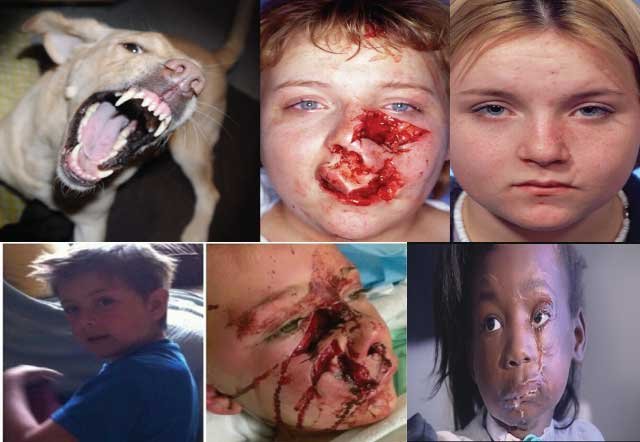4. Try to Understand Dogs & Learn to “Read” Dogs
Not all Dogs like children. Some do, but some inherently don’t!
Children most times run like prey, they scream like prey and sometimes they are mistaken for prey.
Dogs are carnivores and they have instincts that would allow and encourage them to chase and kill their meals if need be. Just because they are domesticated and they are our pets, does not mean that they do not still have these instincts. Make no mistake instincts are genetic and not a problem of behavior, so even the most docile dog can be overrun by instinct.
Unfortunately when the dog bites the child and the child gutturally screams, it excites and incites the dog to more aggression.
Keep your dogs on leash when children are around!
If your dog stares at children or anything when it runs or rolls (bike, skateboard) past, you have reason to be concerned. If it chases and nips, you also have reason to be concerned. Even if you haven’t seen these behaviors you have cause to watch your dog.
I am assuming that a child in a baby swing activated the dog’s prey drive and the child became impossible for the dog to ignore. Even a 6 week old puppy has prey drive.
Parents don’t want to think that their baby in a baby swing resembles a bunny to their 6 year old or 6 week old beloved family dog, but unfortunately he can.
Even dogs that can control their prey drives, still don’t understand that young children and toddlers are small humans. Frequently dogs treat these small children like they are other dogs. This places them (the children) lower on the totem pole or hierarchy. So when a toddler climbs up on the dog’s back and the dog gives subtle warning signs (like stiffening and staring; that other dogs would recognize but as people we find more difficult to see). The dog feels like it is left to “correct” or bite the child; often in the head or face (where dogs bite other dogs).
Countless dogs have difficulty sharing. They may go from being the only “child” in the house to now sharing their owners’ time and affection, or feel like they rarely seeing their owner at all anymore.
And new parents rarely take time to ensure that the family dog doesn’t get jealous. So the jealousy can build and build and when given the opportunity the dog can take this pent out aggression out on the child.







